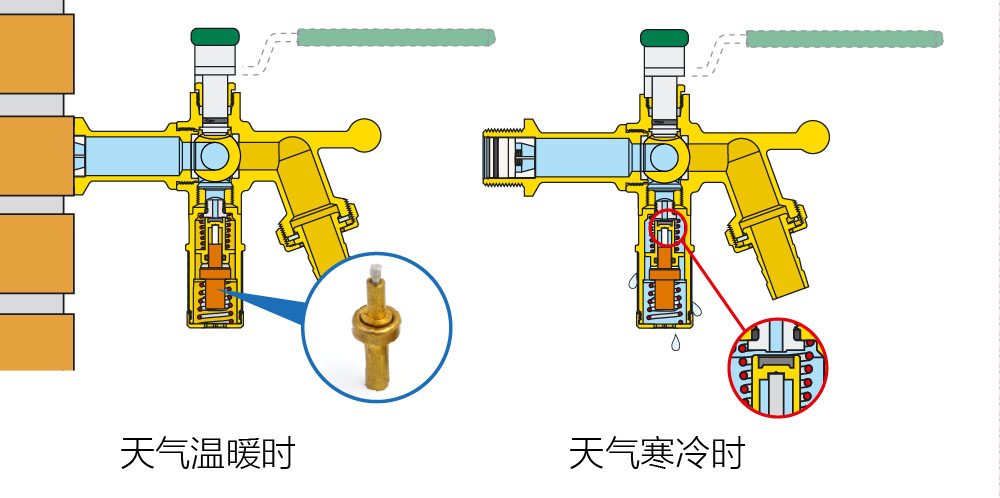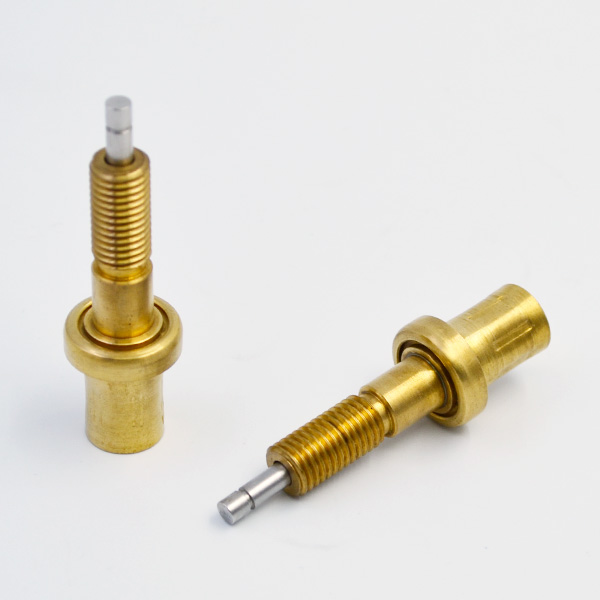In order to further improve the effect of industrial control, this paper introduces LabVIEW engineering development platform, and uses the friendly human-computer interface and strong data acquisition and processing functions provided by LabVIEW to carry out a detailed design of PID controller based on relay feedback. The simulation results show that the design of self-tuning PID controller based on LabVIEW can effectively improve the control effect of industrial production, and has good application and promotion value. Firstly, the basic structure of the PID controller is analyzed. In the feedback control system, y and YSP are used to represent the system output and preset values, e = ysp-y is used to represent the control error, and u is used to represent the control signal [1]. Among them, KP and sum represent proportional gain, differential time and integration time respectively.

It should be pointed out that the performance requirements of PID controllers in different industrial control fields are quite different, so the structure of PID controllers should be modified to ensure the desired control effect. Secondly, the self-tuning principle of electromechanical feedback PID is given. The electromechanical feedback PID self-tuning method is a self-tuning method based on non-parametric model identification.
In this method, the non-linear control with electromechanical characteristics is introduced into the corresponding closed-loop control loop to achieve the purpose of generating limit cycle oscillation in the controlled process. At the same time, the characteristics of the corresponding model are obtained on the basis of the obtained limit cycle oscillation curve. Simply speaking, parameters are obtained from the oscillation period and critical proportionality coefficients Ku and Tu of the model. On this basis, specific PID parameters are calculated by means of Z-N critical proportionality parameter tuning table. When the whole self-tuning control is finished, the feedback control system will automatically switch to the PID control mode. The design flow of the PID controller is as follows: LabVIEW first transforms the specific scale of the output of the controlled process collected by LabVIEW, and then compares the transformed scale value with the set value. It should be noted that after the start of self-tuning, if the output exceeds the expected value, it can be equivalent to the output voltage amplitude of the relay in the closed state (expressed in m); if the output is less than the expected value, it can be equivalent to the output voltage amplitude of the relay in the on-state (expressed in M).
Secondly, LabVIEW converts the control variables to generate PWM waves.
When the generated PWM waves arrive at the corresponding analog output channels, the duty cycles of the relay voltage amplitude m and M in the closed and on states are 0 and 100% [2]. At the end of the self-tuning process, the platform calculates the characteristic parameters of the controlled object, Ku and Tu, according to the corresponding limit cycle oscillation curve, and then calculates the parameters of the PID controller by Z-N critical proportion, and transfers the calculated parameters to the PID self-tuning controller for switching the PID automatic control module. In the design of PID controller based on LabVIEW, the design of platform program mainly includes the following two aspects: (1) front panel design. The interface between the user and the program is the front panel program of LabVIEW. Designers can use LabVIEW to create corresponding graphical interface. On the basis of guaranteeing friendly interface, the intuition of result analysis is increased.
Based on the program block diagram of the front panel of self-tuning PID controller VI, the controller can acquire the output waveforms of different controlled processes synchronously by using this program. Program block diagram design. The control of front panel object can be realized by programming of program block diagram, and the most direct influence factor of program execution sequence is the data flow direction of corresponding nodes. In the design process, the data flow of nodes in the program block diagram can be used to control the I/O of the front panel, thermostatic element so as to ensure that the program can run smoothly according to the functions set in advance.
The block diagram of self-tuning PID control program based on LabVIEW is shown in Figure 1. A chart shows the pre-processing and self-tuning process of the collected data and the input data of the front panel. B chart shows that the system enters the PID control mode. Let M and m be 5.4V and 0.0V, respectively. When the system is stable, step disturbance of 0.05V amplitude is added to it at t=320s. Figure 2 shows the corresponding software policy and system implementation control curve. Figure 2 shows that the self-tuning PID control system based on LabVIEW produces limit cycle oscillation. It is for this reason that the conversion between PID control mode and parameter self-tuning is successfully completed. In this process, the stability and anti-interference of the PID control system and the control accuracy of the industrial process have been effectively improved.

The simulation results of LabVIEW self-tuning PID controller designed in this paper show that the self-tuning PID controller supported by LabVIEW platform has good effects on the adaptability and stability of industrial process control, as well as the control accuracy and disturbance of industrial process control. In the future, the design and research of self-tuning PID controller based on LabVIEW should be further strengthened to provide reliable technical guarantee for improving the control effect of industrial process and promoting the healthy and stable development of industrial industry.
